USA and Canada
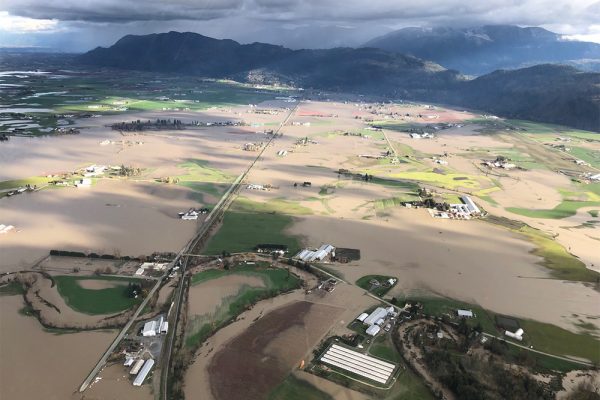
B.C. mulls state of emergency after floods, food shortages reported
ABBOTSFORD, British Columbia, Nov 17 (Reuters) – British Columbia could introduce a state of emergency on Wednesday to help deal with massive floods that cut access to the country’s largest port and stranded thousands.
Mudslides triggered by heavy rains destroyed several major roads and killed at least one person. Officials say the death toll could rise, because other people are missing.
“What we’re seeing is a natural disaster,” provincial Public Safety Minister Mike Farnworth told a briefing late on Tuesday. “A province-wide state of emergency is very much on the table.”
Several towns have been completely cut off and at least one reported that food was starting to run low.
Read More…

Grain shipments uncertain amid B.C. floods
It is too early to determine the effect of massive floods in British Columbia’s Lower Mainland on grain movement, according to the company monitoring Canada’s grain handling and transportation system.
As much as 200 millimetres of rain earlier this week have triggered mudslides and cut access to rail lines and highways east of Vancouver. The natural disaster has forced the Port of Vancouver to halt all rail shipments going in and out. Vancouver’s port moves $550 million worth of goods a day, according to Reuters, which will also negatively affect consumers and Canada’s two major railways, Canadian National Railway and Canadian Pacific Railway
“Right now, it’s a kind of a situation where the railways don’t know how bad it is,” said Mark Hemmes, president of Quorum Corp. from Edmonton.
Read More…
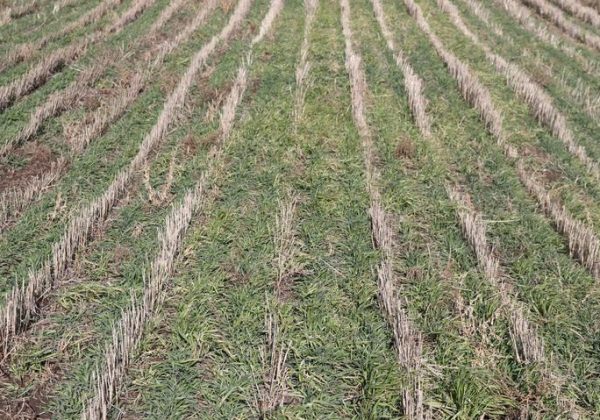
Infrastructure package could include cover crop incentives, but concerns remain
Some state and federal lawmakers are very focused on incentivizing more farmers and landowners to plant cover crops.
If you looked closely at my farm earlier this fall, you could see the hillsides starting to green up. Sprouts of rye were emerging through the corn stover that was left in the field after harvest, offering a winter blanket of protection for the soil and nutrients.
It was an investment in seed, equipment and labor but planting cover crops is something that both my young renter and I agree will be a good practice over the long-run, along with moving to no-till. He purchased a drill and was able to get this year’s cover crop planted and growing before the frost.
Read More
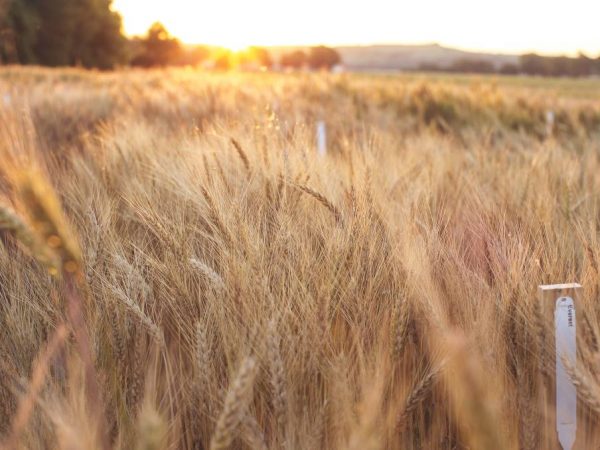
North American Grain and Oilseed Review: Lower edible oils pull down canola
WINNIPEG, Nov. 19 (MarketsFarm) – Intercontinental Exchange (ICE) canola futures were lower on Friday, due to weakness in other edible oils. In particular, Chicago soyoil and European rapeseed which were down hard today.
Losses in canola were tempered by gains in Chicago soymeal, as well as tight supplies and price rationing. Rolling out of the January contract remained a feature in canola trading.
A backlog of grain vessels and train cars continued to build up on either side of Vancouver. Washed out rail lines remain closed for the time being, but in excess of 200,000 tonnes of grain in cars has built up so far. However, with grain exports being generally lower this marketing year, the impact of the blockages is not as severe as it could be.
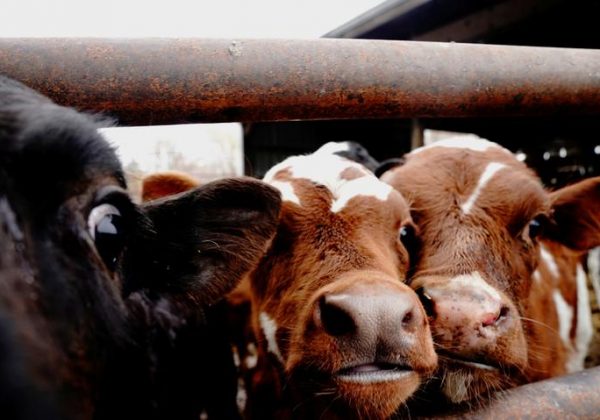
Drug, feed ingredient shortages hit U.S. livestock producers
Supply-chain disruptions are hitting America’s meat producers and sending them scrambling for alternatives as they seek to care for farm animals and keep down costs.
CHICAGO, Nov 18 (Reuters) – Michigan dairy farmer Doug Chapin has been unable to buy bottles of veterinary penicillin for his cows for more than a month.
In Minnesota, pig farmer Randy Spronk reformulated feed rations due to a shortage of the widely used ingredient lysine, an amino acid that helps livestock grow.
Supply-chain disruptions are hitting America’s meat producers and sending them scrambling for alternatives as they seek to care for farm animals and keep down costs.
Read more…
New Zealand
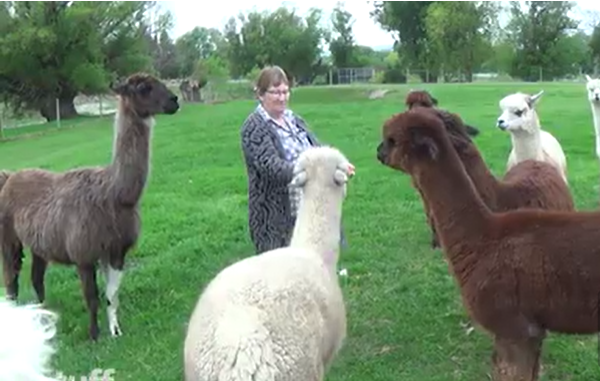
Agricultural contractors face worst season yet as labour shortage continues
Agricultural contractors are facing another season with a shortage of skilled labour, estimated to be between 250 and 300 workers, due to border closures.
Rural Contractors New Zealand chief executive Andrew Olsen said last year was difficult, but this year was really bad.
“People are suffering, physically, mentally, business are going to break. We’re well past reaching a crunch, we’re in it.”
There weren’t enough trained people in the country to remediate the situation and trainees would take at least five years to get up to speed driving highly specialised machinery, he said.
Read More here…
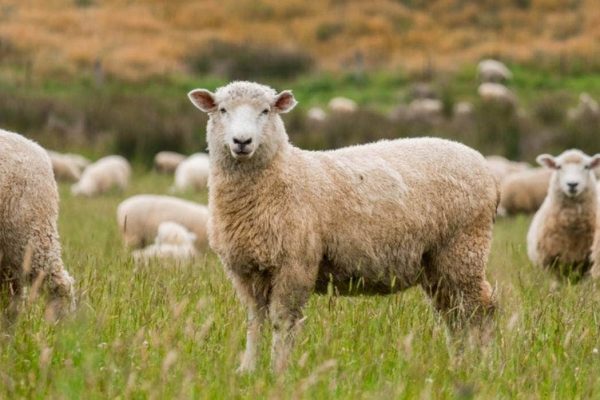
Using data driven insights to boost agri-business
The agricultural sector is the backbone of the New Zealand economy, especially for an export-reliant country. Not only do Kiwi farmers have a reputation for being hard-working and resilient, they have long been recognised as highly innovative and adaptable, using advances in technology to produce one of the most efficient and productive agricultural pastoral land in the world.
Primary industries produced a share of Gross Domestic Product (GDP) of between 5.4 per cent and 6.9 per cent between 2015 and 2020 (according to Stats NZ). New Zealand exported NZ$46.4 billion worth of agricultural products (both raw and manufactured) in the 12 months to June 2019 – which was around 80 per cent of the country’s total exported goods. Beyond New Zealand’s traditional exports we’re known for globally, such as dairy and meat, NZ is also the world’s biggest exporter of concentrated milk, rough wood, butter, casein, and honey.
Read More here…

Regulations hinder farmers’ ability to be best in world, Waikato protesters say
It’s not unusual to see a tractor around the streets of Hamilton but put 20 or more in a convoy, flanked with about 50 utes and people will stop, look and listen.
That’s what the Hamilton organisers of Groundswell NZ’s “Mother of all Protests” hoped for when the group set off from Te Rapa for the city’s CBD on Sunday.
“We are food producers and the best at it in the world,” one of the organisers Sharon Martin told Stuff.
“But all of these regulations the Government wants us to take on will seriously affect our ability to keep on being the best producers we can.”
Read More here
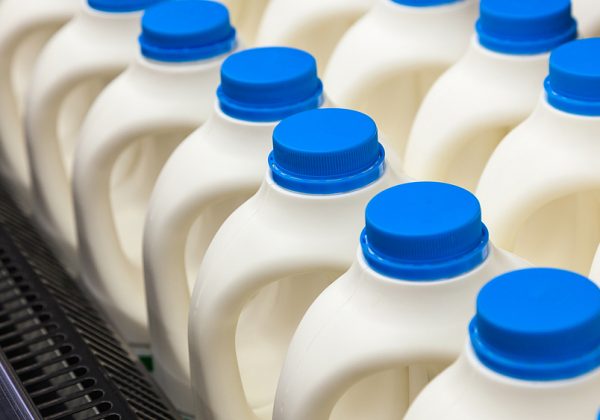
With a record high dairy payout in sight, Guy Trafford checks what it will take to lock it in. He also shows what artisan cheese makers are up against, both from EU subsidies and local bureaucracy
Much has been made of the forecast milk price from Fonterra to its suppliers. It is being compared to the previous record high of the 2013/14 season. Currently for the 2021/22 season the mid-point of the range is $8.40 per kg of MS, a considerable jump from the previous season ($7.54).
While the current season still has plenty of months to run, hence the broad range, at $8.40 it would equal the 2013/14 season.
This drove me to have a look to see how that year’s GDT auctions stacked up against the current seasons. While not all milk is sold via the auction process it does provide a useful comparison and WMP is where the predominant dairy returns come from.

New Emissions Trading Scheme targets plus foreshadowed changes to forestry rules add new uncertainties to carbon investment decisions
Each time I write about carbon farming, I think it will be the last time I do so for quite some time. But then something new comes up and there is a new twist to be explored. Right now, there are two new twists, potentially pulling in different directions.
First, just prior to the COP26 talkfest in Glasgow, James Shaw and Jacinda Ardern issued a joint press release stating that New Zealand will increase the carbon targets to be achieved by 2030. The specifics are more than a little obscure, but the increase is going to be considerable.
The changes are made more complex by changes in the accounting methods. Here, I am talking about carbon accounting, not dollar accounting.
Australia
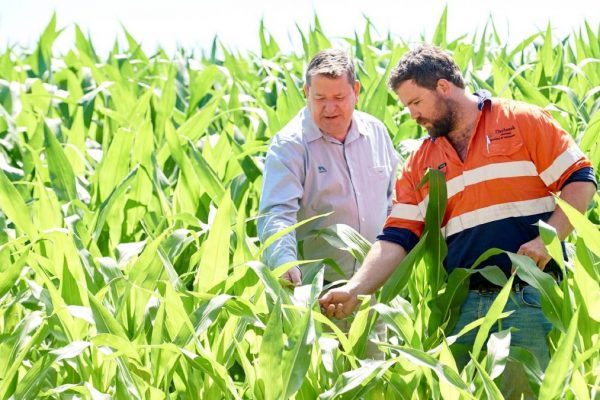
GrainCorp bounces back into profit after strong season
AFTER the tough years of the east coast drought in 2018-19 agribusiness GrainCorp has bounced back with a vengeance, with earnings of $331 million and profits after tax of $139 million for the 2021 reporting year.
And with a big crop on the way this season GrainCorp managing director Robert Spurway is optimistic about the medium term for the business.
“This is an exceptional result for the business,” Mr Spurway said at the results presentation last week, saying earnings in particular had exceeded expectations, sitting right at the top of the estimated range handed down earlier in the year.
Read more here…
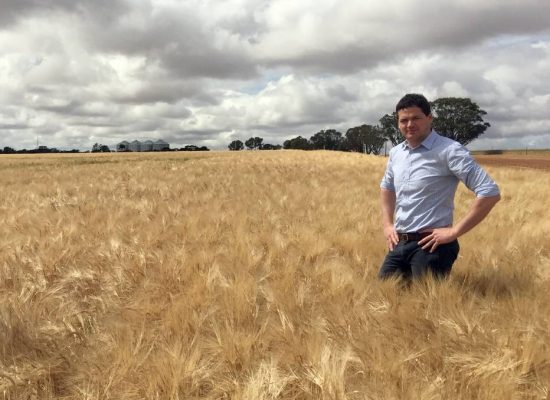
Grower and overseas prices disconnected
MANY Australian growers are rightly rejoicing in a season of strong yields and historically high prices which will hopefully lead to strong returns for their businesses this season.
However, many analysts that monitor the real value of grain being offered from other exporter countries versus the value of grain bid to growers here in Australia, point out that current prices bid to growers are well below international values on an equivalent basis.
In other words, grain prices bid to Australian growers are currently below export parity.
So what’s going on?
Some bearish and bullish factors are outlined below.
Read more here…
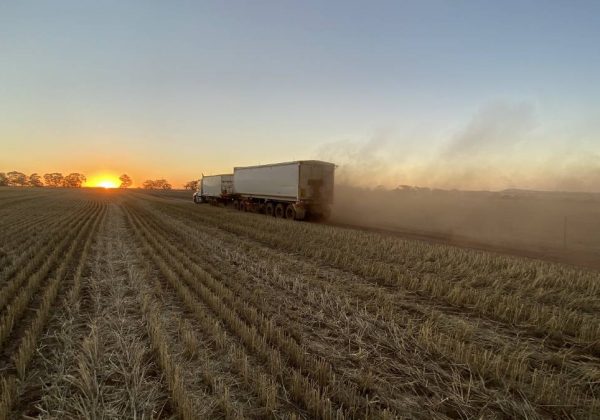
GIWA upgrades WA crop estimate to 20.5mt
WITH the majority of the huge volume of grain still in the paddock, harvest in Western Australia has been a stop-start affair due to continued rainfall events and the unseasonal cool conditions slowing down the finish of crops.
According to the Grain Industry Association of WA’s (GIWA) November Crop Report, released last Friday, growers are finding all crops are yielding better than expected except for the badly frosted areas in the north-eastern and far eastern regions of the State.
As a result the October estimate of 19.2 million tonnes has been upgraded to 20.5mt.
Report author Michael Lamond said the cool conditions in spring have had a major impact on allowing crops to fill heads and add weight in all regions.
Read more here
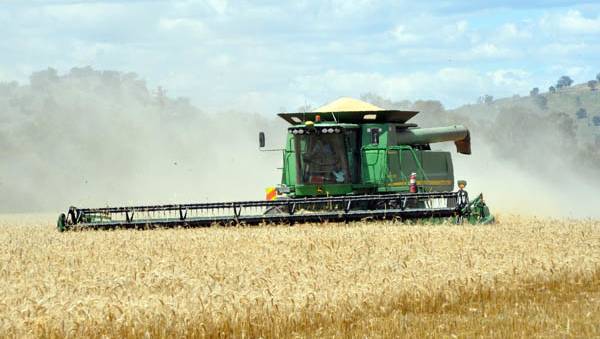
Global wheat values rally
Major international wheat futures contracts ended last week sharply higher as investors react rain threatening the quality of Australia’s harvest.
French milling wheat futures surged to record highs of 300 euros a tonne and United States winter wheat futures finished the week 7 per cent higher. Investors turned aggressive buyers after the USDA raised its forecast for global wheat trade on the unrelenting demand from key Middle Eastern and African destinations, further tightening wheat stocks in the major exporting countries.
USDA lifted its forecast for wheat imports for the 2021-22 marketing year by 3.6 million tonnes after lifting imports into Algeria, Turkey, Iran, and Saudi Arabia.
Read more here…

Perfection Fresh launches augmented reality experience via produce packaging
Fresh produce suppliers Perfection Fresh have developed a new way to engage with consumers.
QR codes will soon appear on the packaging of Qukes, Broccolini, Perfection Tomatoes, Calypso Mangoes and other lines.
Consumers will be able to scan the code and go to an immersive and interactive augmented reality experience.
Perfection Fresh’s new AR offering educates its customers on the unique farming environments that are integral to growing quality fresh produce by Perfection Fresh’s own farms and growers right around Australia.
Read more here…
South America
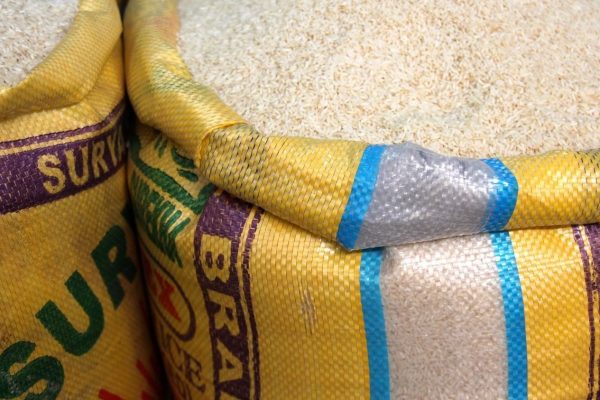
Brazil rice exports in 2021 should reach 1,2 million tons
Brazil’s rice exports are expected to reach 1.2 million tons this year according to estimates from ABIARROZ (the Brazilian rice industry association), based on overseas sales between January and October which totalled 958,000 tons.
In the same period of 2020, an exceptional year, rice exports totalled 1.68 million tons. Likewise in 2019 overseas sales reached 1,43 million tons.
“Marking the height of the Covid-19 pandemic, the year 2020 was atypical, with great worldwide demand for rice. Now, in 2021 with the disease much more under control, we are returning to normality with numbers close to those of 2019, that is, before the sanitary crisis”, Gustavo Trevisan, Director of International Affairs at Abiarroz said.
Read More here…
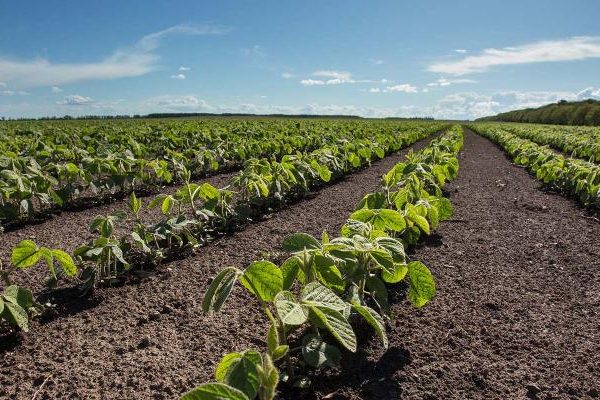
Mato Grosso gains could offset Southern Brazil yield losses
Brazil soybean planting progress now exceeds 80%. With Mato Grosso finished along with much of the Center West region, most of what remains to be planted is found in Rio Grande do Sul (33% complete) to the South, along with the northeast region of Brazil, referred to as MAPITOBA.
It’s been a successful planting season to date, and that’s why CONAB, the Brazilian government’s food supply and statistics agency, increased soybean crop prospects to 142 MMT, up from 140.8 MMT. This still falls short of where the USDA has had the Brazilian crop, pegged at 144 MMT for the past several months.
The ten-day rainfall accumulation shows heavy rain occurring over most of Central Brazil. However, rainfall has been lacking in Southern Brazil, especially in Rio Grande do Sul.
Read More here
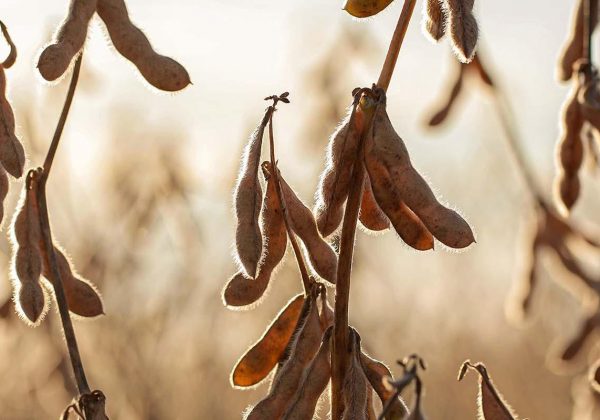
FAST PLANTING MAKES BRAZIL SOY MORE COMPETITIVE AGAINST RIVAL U.S.
SAO PAULO, Nov 11 (Reuters) – Soybean planting for the 2021/22 season is proceeding at such a fast pace that futures prices for Brazilian soy are falling and making it more competitive against its main rival, the United States, according to experts consulted by Reuters.
Data from consultancy Safras & Mercado show soybean port premiums at Paranagua are 130 cents per bushel for January and 50 cents per bushel for February. Last year, when the start of the harvest was delayed due to lack of rain, the port premium for February soy was 125 cents a bushel.
“Premiums for early 2022 are well in line with a market that will have a harvest in January and will have carryover stocks,” said Safras analyst Luiz Fernando Roque.
Read more here
Food Updates
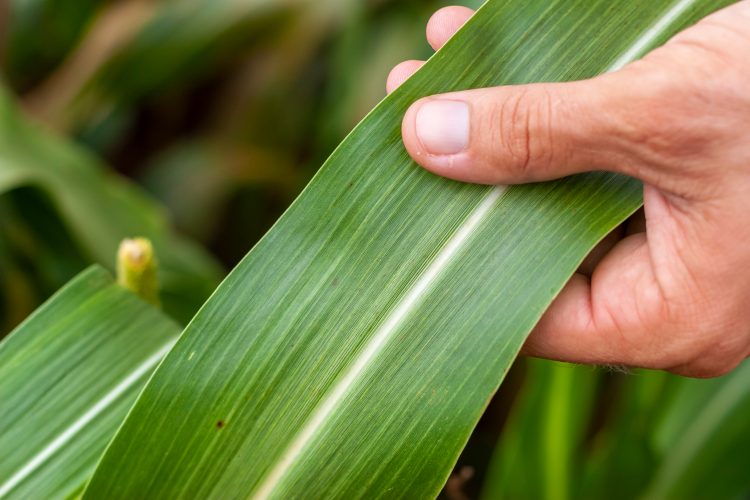
Leaf browning genes in sorghum identified by new research
Researchers in Japan have identified the green which causes leaf-browning in sorghum after it has been treated with pesticides, paving the way for breeding improvements.
Sorghum, an underrated ancient grain, is slowly becoming well known as a superfood due to its nutrient-dense and gluten-free nature. Sorghum syrup is widely used as a healthy alternative to molasses in the food industry, and this cereal is also used to make gluten-free flour.
Researchers from Okayama University, Japan, have been studying the cellular mechanisms that cause organophosphate sensitivity (OPS) in sorghum plants. In their recent study published in Scientific Reports, they reveal that the genes encoding the NB-LRR protein are responsible for OPS in sorghum.
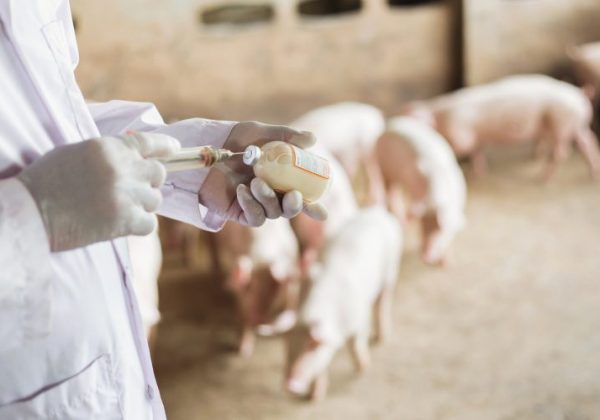
Antibiotic misuse could be infiltrating supermarket shelves
The report claims that despite some improvements in supermarket antibiotic policies, most imports and branded products are not covered by the supermarket’s own rules for responsible antibiotic use. Alliance to Save Our Antibiotics says this means that there is no reliable way for shoppers to avoid buying food produced with “irresponsible antibiotic use.”
Read more here…

Language matters when it comes to health claims
The ‘Health Claims Unpacked’ project is funded by EIT Food and supported by the European Institute of Innovation and Technology (EIT). The project includes partners from across Europe, including the British Nutrition Foundation.
Read more here…
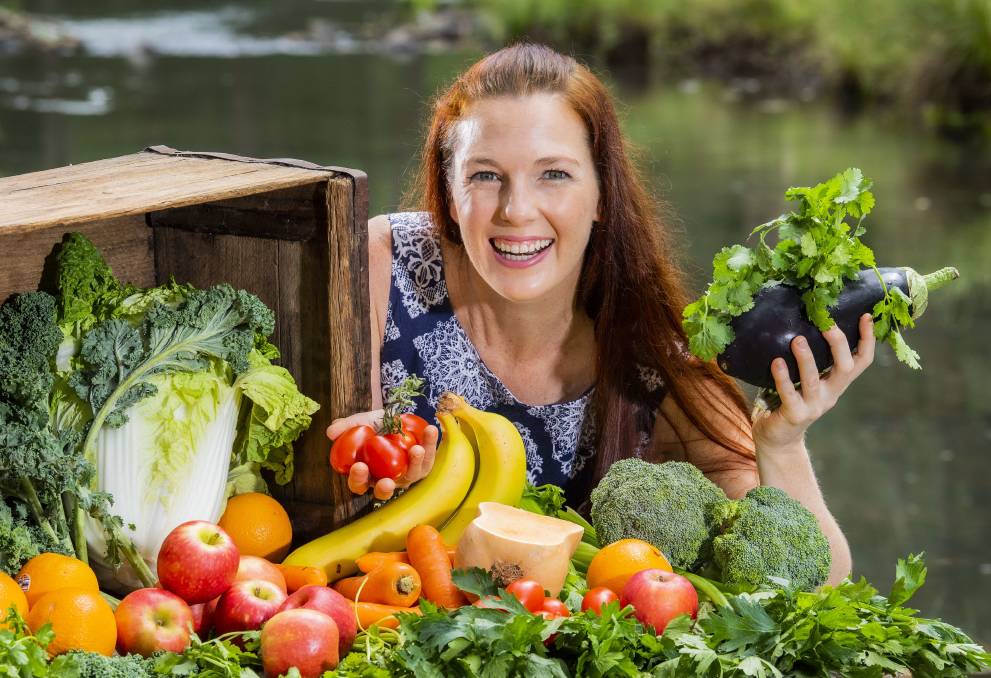
Plant-based foods are actually bad for your health, another study warns
A diet of plant-based foods may actually be bad for you.
Those on a vegan or vegetarian diet have been warned they risk their mental health by chowing down on the highly processed products flooding onto supermarket shelves.
The findings of an Australian study reinforce claims made by domestic livestock industries warning about the ingredients of fake meat products.
The new research has found plant-eaters with a taste for processed foods are more susceptible to depression than peers with diets high in fresh produce.
Read more here…
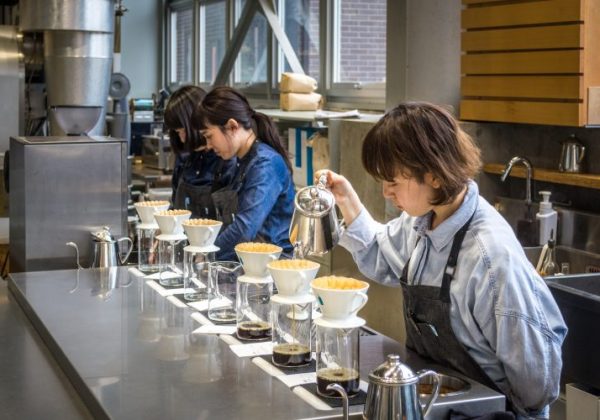
Japan hot drinks market to grow to $27.2bn through coffee rush
That’s according to analytics company GlobalData, whose report ‘Japan Hot drinks – Market Assessment and Forecasts to 2025’, reveals that the hot coffee category is forecast to register the fastest value CAGR of 4.2 percent during 2020–2025. Hot coffee is followed by hot tea, which is expected to record a CAGR of 3.1 percent during the same period.
Read more here…


